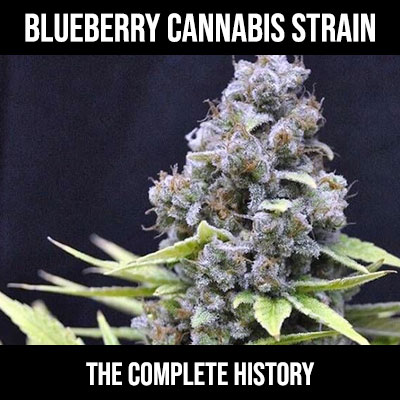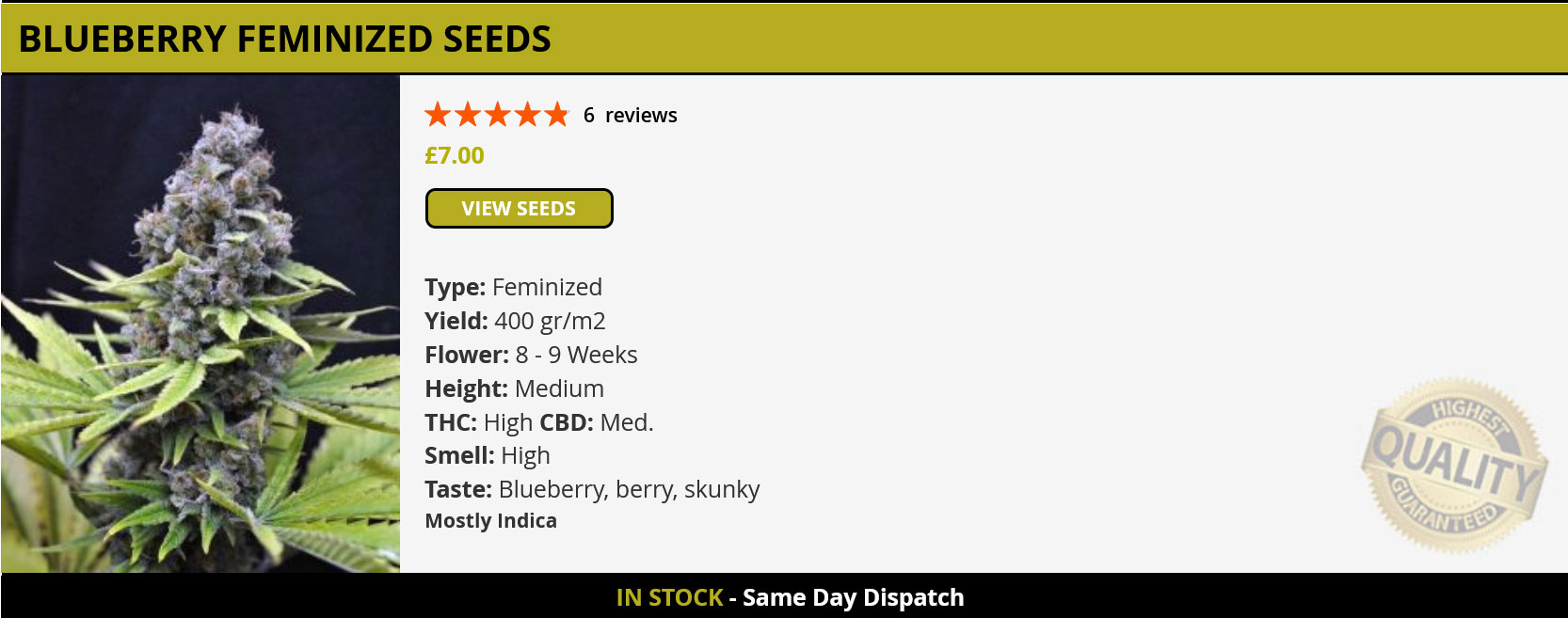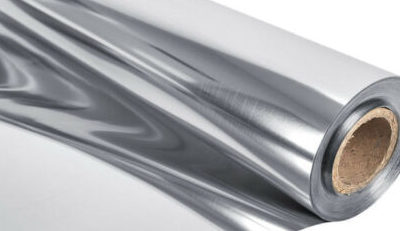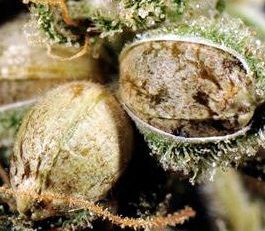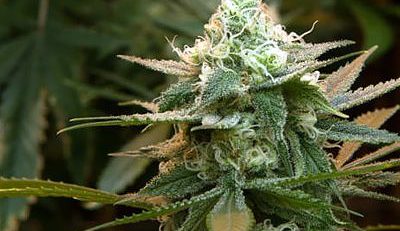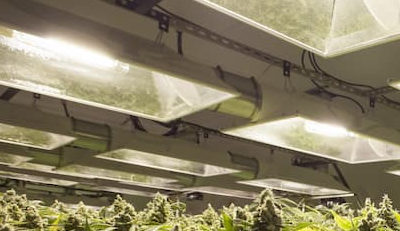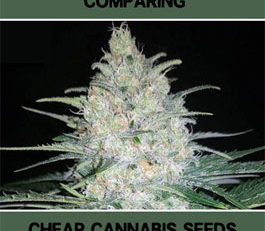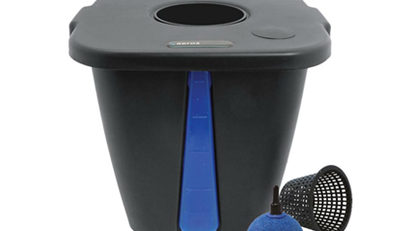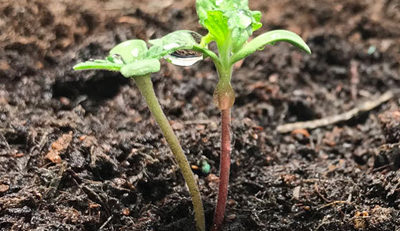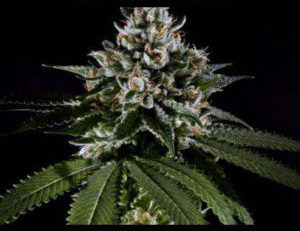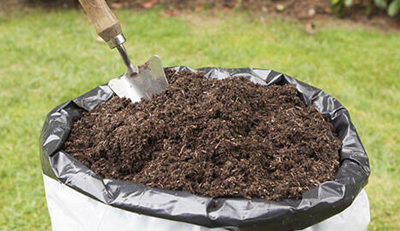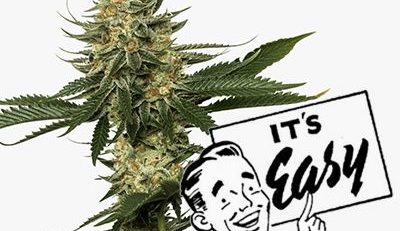The history of the Blueberry cannabis strain
Anyone that knows cannabis has heard of Blueberry cannabis, it’s become incredibly popular amongst the cannabis community and was awarded a cannabis cup in 2000 for being the best indica strain. Its popularity is potentially due to the sweet smell and taste of blueberry, its euphoric and relaxing high as well as its beautiful colouration. The blueberry strain has been around for some time now, but have you ever thought about its origin? This article will inform you about how the blueberry strain was created and why it stood the test of time and become increasingly popular.
Contents
- When was the Blueberry strain created?
- How was the Blueberry strain created?
- Why Afghani, Thai purple and Thai where used
- Popular Blueberry crossover strains
- Where to purchase blueberry cannabis seeds
- How much does Blueberry smell during the growing process?
- How strong is the effect of smoking blueberry cannabis?
When was the Blueberry strain created?
Blueberry cannabis was created in the 1960s-1970s in the USA by DJ short who was working with multiple different strains to create something bigger and better than ever before. DJ short wanted to combine the most desirable qualities from both indica and sativa strains to create a new strain, his hard work paid off when he unknowingly at the time created one of the most popular cannabis strains, Blueberry.
How was the Blueberry strain created?
DJ short had over a hundred different plant strains and was working with landrace strains from Thailand, Mexico, Columbia and Panama, he was doing so to create the most desirable strain with the best qualities of indica and sativa plants. In the 60’s/70’s most of the cannabis available was sativa, as indica originated in mountainous areas in India and Afghanistan and were not readily available to the rest of the world at this time. DJ short worked to combine indica and sativa strains to get the best of both strains. The blueberry strain was created when DJ short combined Afghani (indica), Thai purple and Thai (sativa)
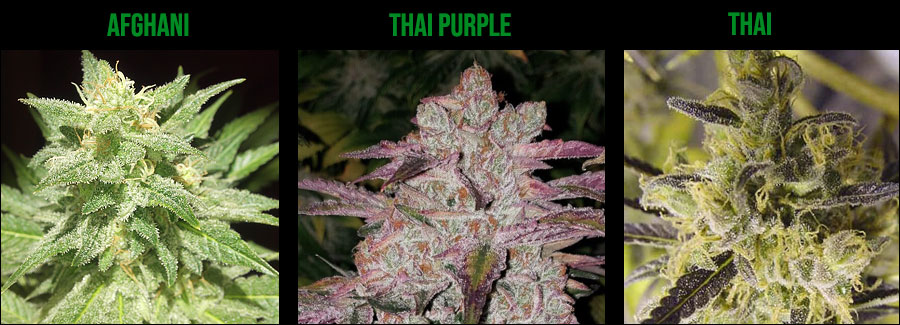
Why Afghani, Thai purple and Thai where used
DJ short was introduced to afghani cannabis in 1979 by growers in California, indica cannabis was grown in isolated areas so at the time and most of the cannabis grown and used was sativa. Once introduced to indica DJ short realised its potential as the plants grow faster than sativa, indica produced dense buds and also produced a different high from sativa.
Afghani cannabis is a potent indica strain with earthy, sweet, floral flavours which produces a relaxed, euphoric high. The strain has also been known to ease symptoms of insomnia, stress and pain. The THC content is generally around 15-25% and the cannabis produced is thick and dense, it varies in colour from light to dark green with short orange pistils. Many collectors enjoy Afghan Kush seeds which are a result of crossing this Afgani with an OG Kush.
Thai purple was discovered in Oregon and is sometimes referred to as OPT (Oregon purple Thai) it’s a potent sativa strain with potential psychoactive effects with a high TCH content of 14-24% generally. The buds have a distinctive purple hue to them and the flavour has been described as citrusy, sweet and nutty, whereas the fragrance smells of pine, wood and earthy. The effects can include the user feeling euphoric, happy and uplifted.
Thai cannabis is sometimes referred to as Thai stick originated in Thailand. Its known as Thai stick due to the way it would be dried and tied to sticks originally, its known for its fruity, citrusy aromas and potent, but comfortable high. Thai stick generally has 15-20% THC content.
Differences between indica and sativa cannabis
Indica originated in mountainous areas such as Afghanistan and India, the plants were short, stocky and created dense cannabis flowers and the high was typically mellow and calming, whereas sativa originated in Africa, Asia and central America where the climate is hot and dry. Sativa generally grows slower than indica, the plants are taller and thinner with less dense flowers. Sativa genetics often give a more energetic high than an indica. These are the main differences between indica and sativa cannabis.
Popular Blueberry crossover strains
There are hundreds of different cannabis strains that have been created from the blueberry strain, but the most popular and saught after variations are:
Where to purchase blueberry cannabis seeds
There are many online seeds banks where cannabis seeds are sold legally, right here at Sticky Seeds you can buy blueberry cannabis seeds along with autoflowering blueberry seeds. We also have a variety of juicy crossover strains listed directly above. Its always recommended to purchase seeds from a reputable site such as ours to ensure you receive the best quality seeds and customer service.
How much does Blueberry smell during the growing process?
One of the factors people love about Blueberry cannabis is the powerful smell that the dried flowers give off. As you can imagine, this is not the most discrete strain for growers as it has a potent smell to it whilst growing, this should be taken into consideration. Some growers prefer stealth strains that do not smell.
How strong is the effect of smoking blueberry cannabis?
Blueberry cannabis is approximately 20% sativa and 80% indica with 16-24% THC. It’s a very popular strain in the cannabis community due to the potency and the effect the users gets, the high can creep on slowly so its advised that users ease into it.
The effects can include feeling euphoric, relaxed and sleepy whilst any negative thoughts are eased, it has also been known to ease symptoms of depression, insomnia, migraines, chronic pain and stress.
Conclusion
To conclude, blueberry cannabis was created in 1960-1970 it was developed with the most desirable qualities of Afghani (indica), Thai and purple Thai (sativa), it has since been awarded a cannabis cup for being the best indica strain and continues to be a popular strain amongst the cannabis community.
Please be aware that sticky seeds can legally sell cannabis seeds for collection purposes but does not promote or advise germination. This article is for informational purposes only and under no circumstances should it be used as legal advice.

